Upon entering a new millennium, Porsche was in a crisis. The Stuttgart-based automaker, known for its exhilarating cars and the iconic 911, was struggling to stay afloat financially, and it needed a change that will save the company. Enter the Cayenne SUV – Porsche’s messiah that stands as a precedent to other companies even to this day.
Two decades and three generations on, the Cayenne still proves itself as worthy of that distinction. It’s a great car and a Porsche through and through. The few days I’ve had to live with this mammoth of a vehicle added a different light on how I usually see SUVs – pointless and oftentimes excessive. The Cayenne actually makes sense for those it does, worthy of its ever prestigious shield.
Those keen to know me personally know my preference of small cars, and the Cayenne isn’t an exception to that. I was intimidated upon receiving the demo unit, which is a newly facelifted version of the third-generation model. Its eight-digit price tag notwithstanding, the Cayenne is wide and long, almost as bulky as a Land Rover Defender 110. Just imagine my fear of damaging a vehicle that can already buy a decent townhouse.
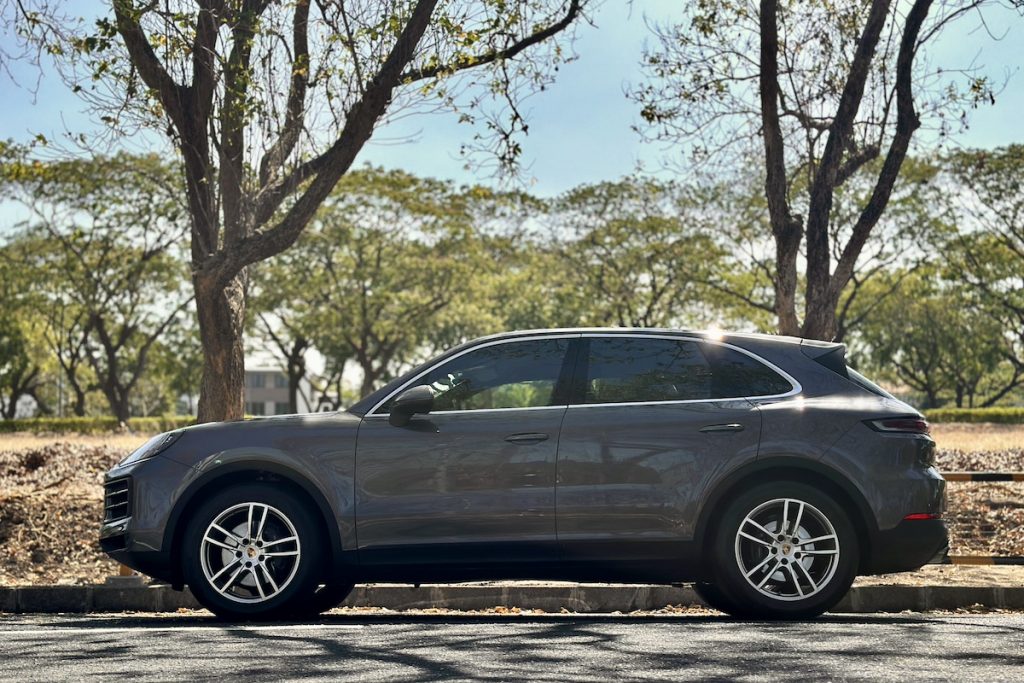
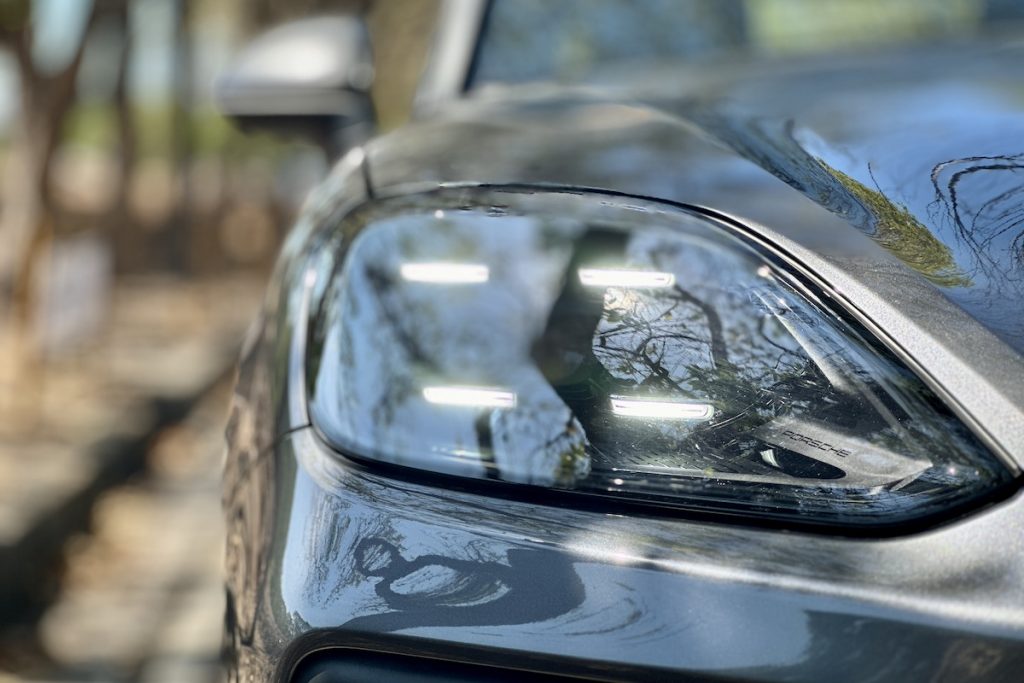
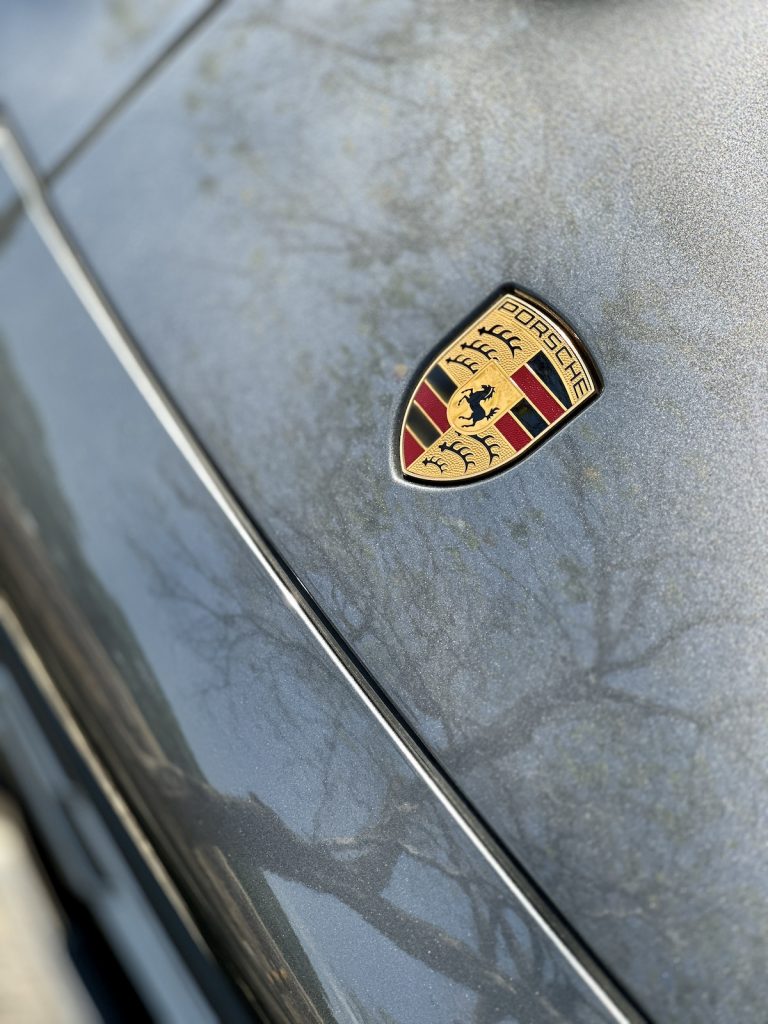
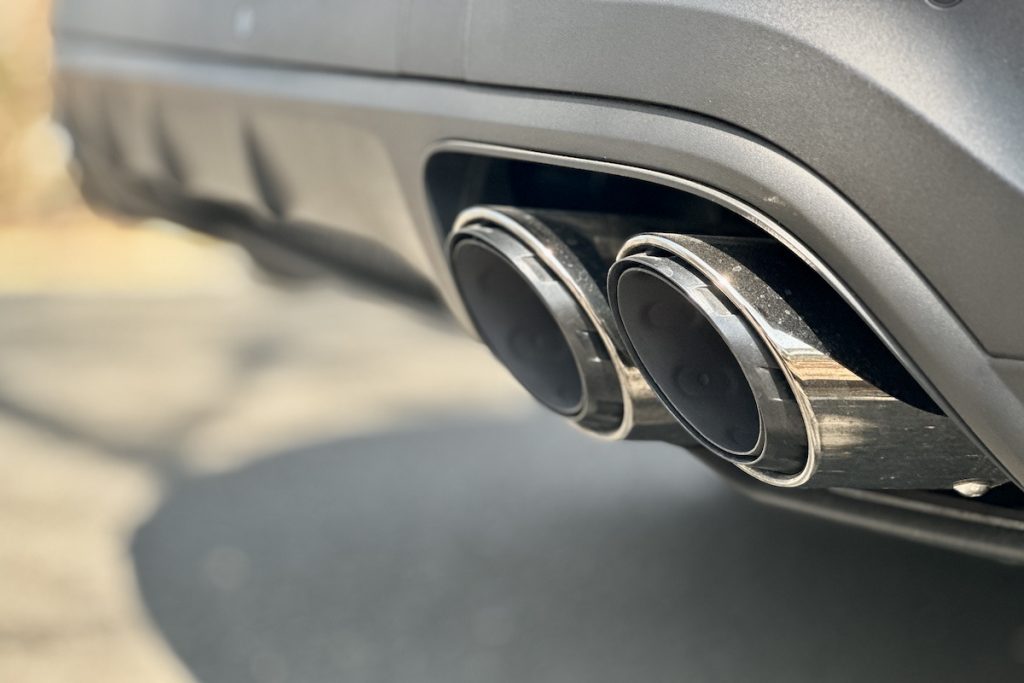
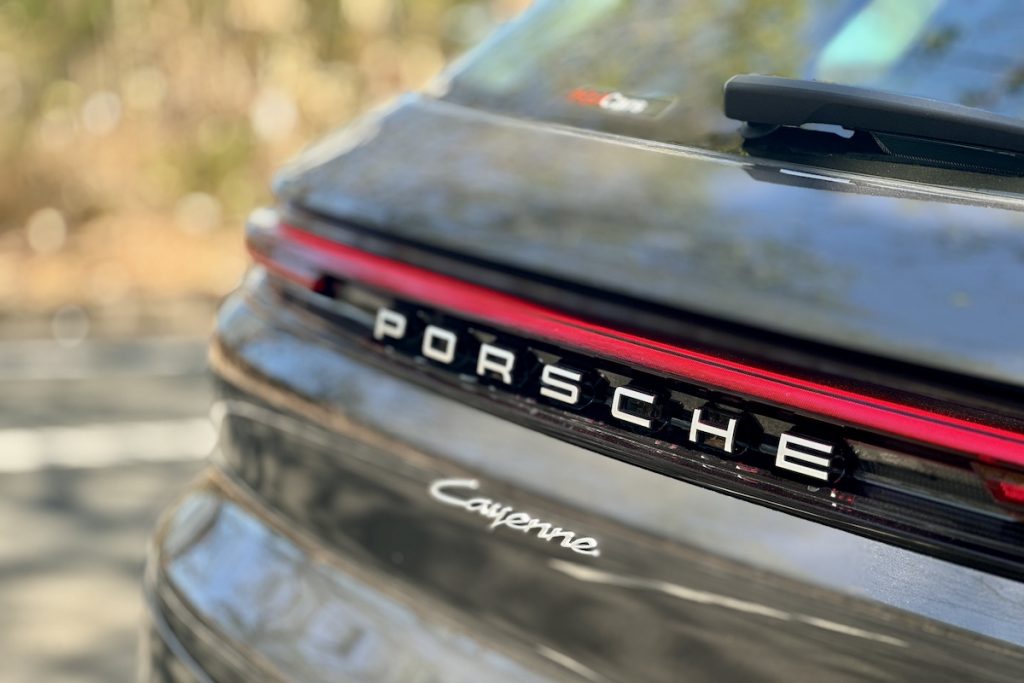
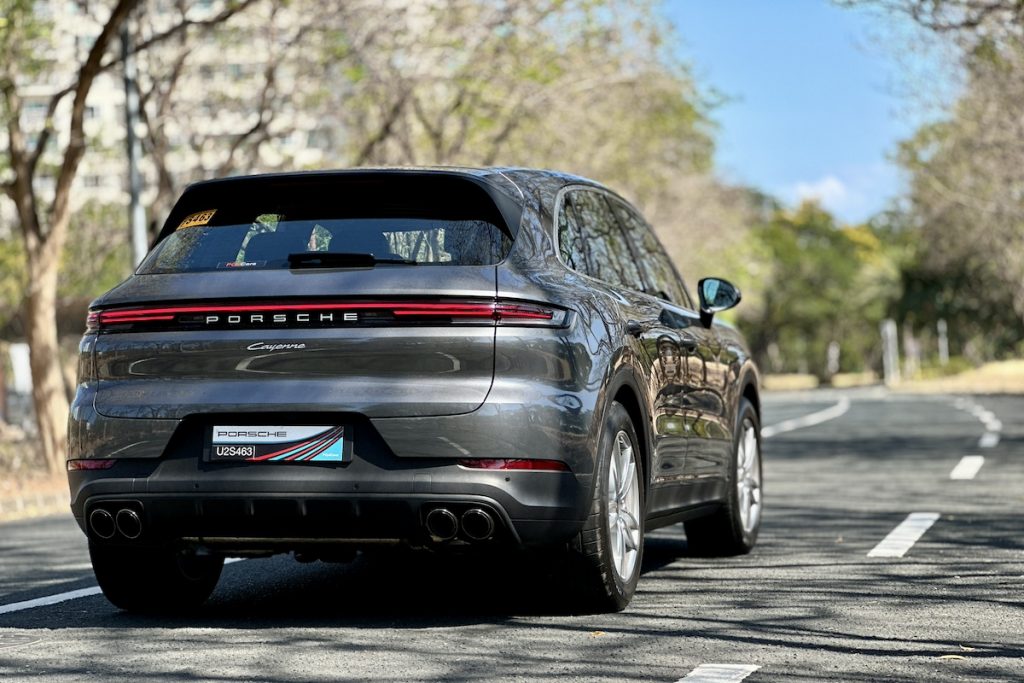
My intimidation aside, I love how the Cayenne exudes an athletic aura, looking like a Panamera on stilts. It’s a high-rider but not as overcompensating as mainstream SUVs. It doesn’t need to prove its worth by being too imposing and convoluted in styling. Its on-road presence is natural and unpretentious.
And yet, it remains to look like a Porsche even without the badges. Its identity is concrete from front to back, which says a lot in the age of similar-looking machines. Its LED lighting elements (notably the HD matrix LED headlamps) are as functional as good-looking, especially in the evening. If there’s any gripe, that would be the variant-specific 20-inch silver wheels found in the demo unit. It could use a little pizzazz, which a buyer can for a higher price, though I could give the standard design a pass given that it stands with the SUV’s unpretentious appeal.
Naturally, you’d expect nothing less from a multi-million vehicle, and the Cayenne purposely delivers. Despite the entry-level Cayenne in the range, the quality of materials is top-notch. The cabin doesn’t feel like it got a thing or two from the VW Group’s parts bin; if it does, Porsche did a great job of hiding them. I particularly like how each segment of the cabin is well thought out, like the sliding center console box cover and the wireless charging pad that hides away smartphones for undistracted driving. Space is unquestionable, too, and I love the fact that rear A/C vents aren’t limited at the center; there are hidden vents on the B-pillar for maximum coziness and relief amid the current scorching heat in the city. I also like that the Sport Chrono is already part of the base package.
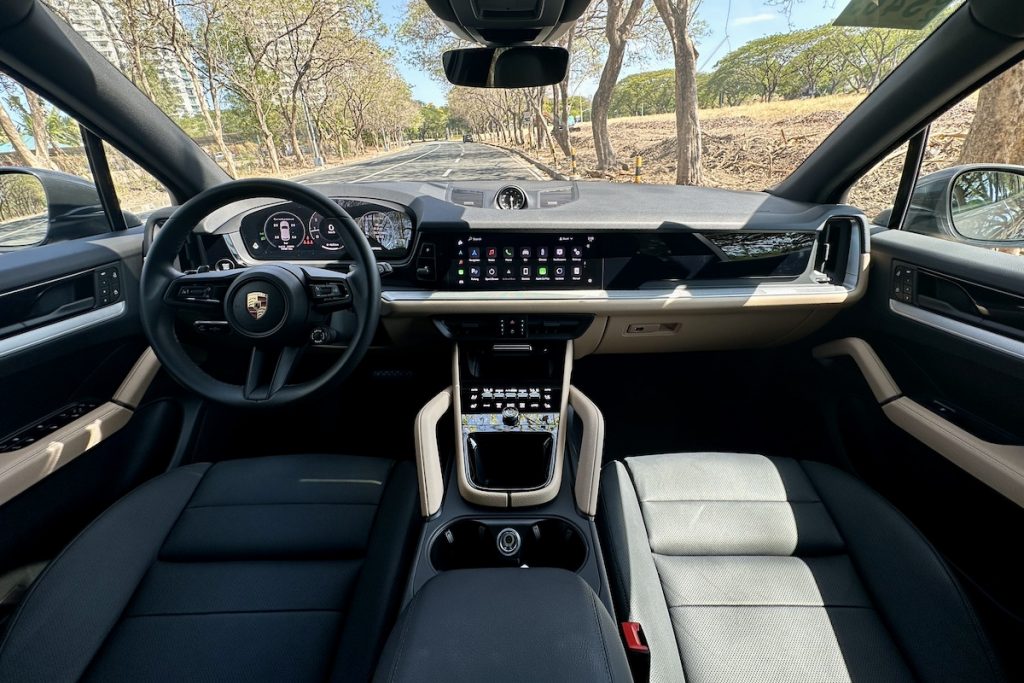
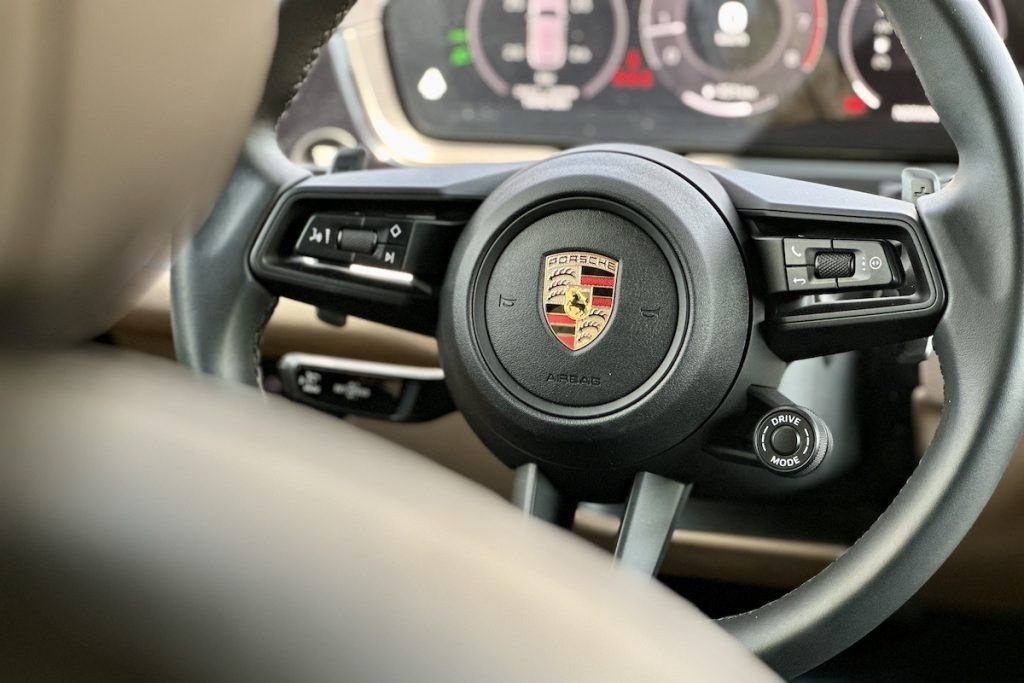
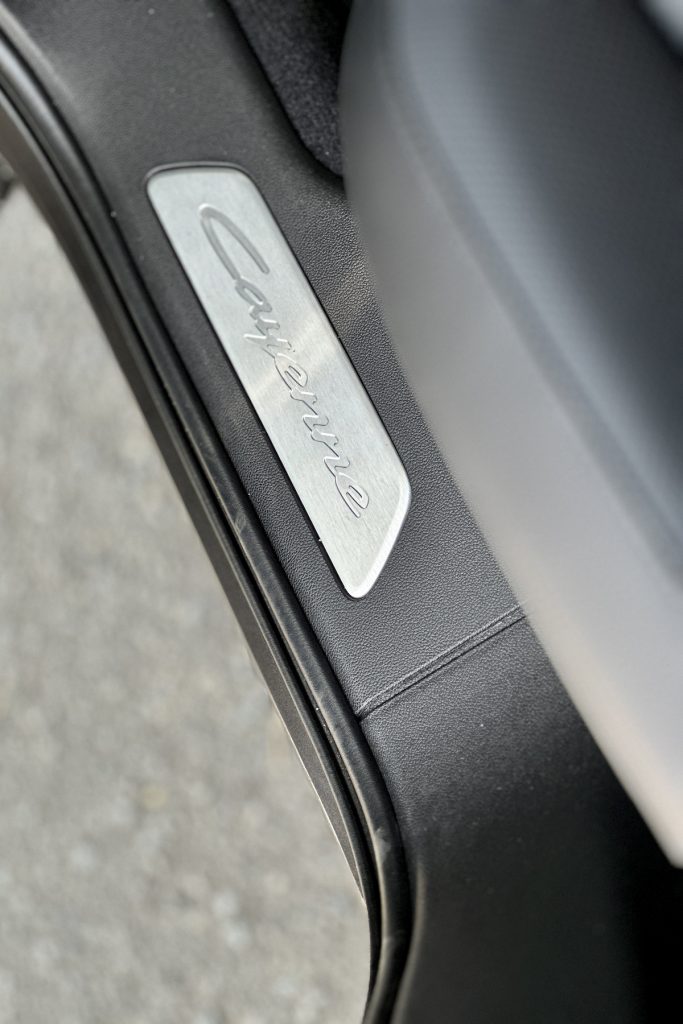
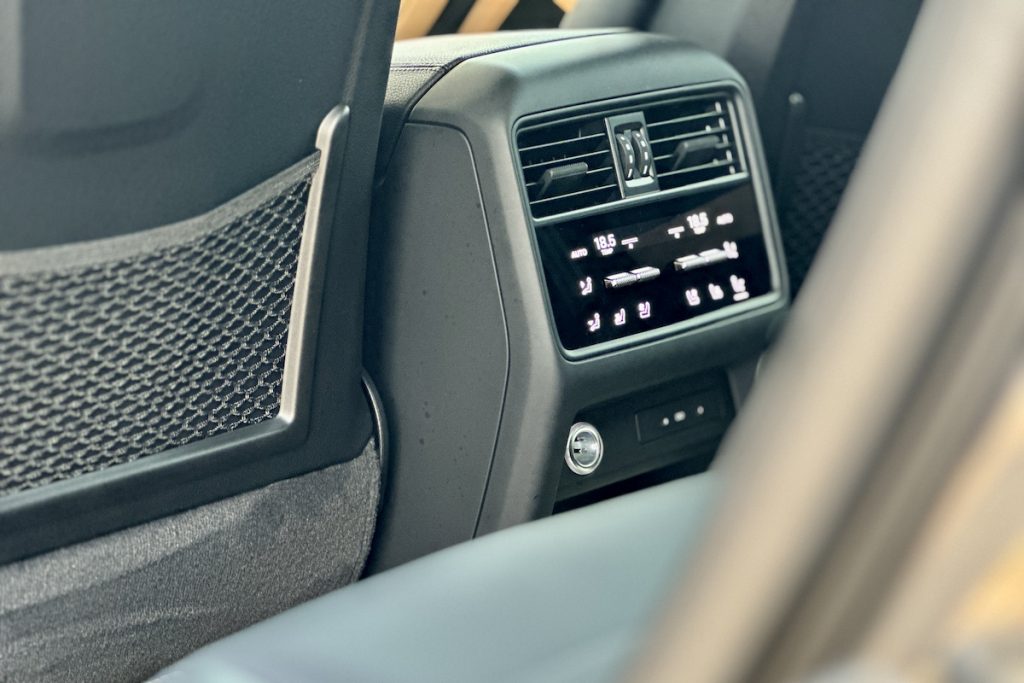
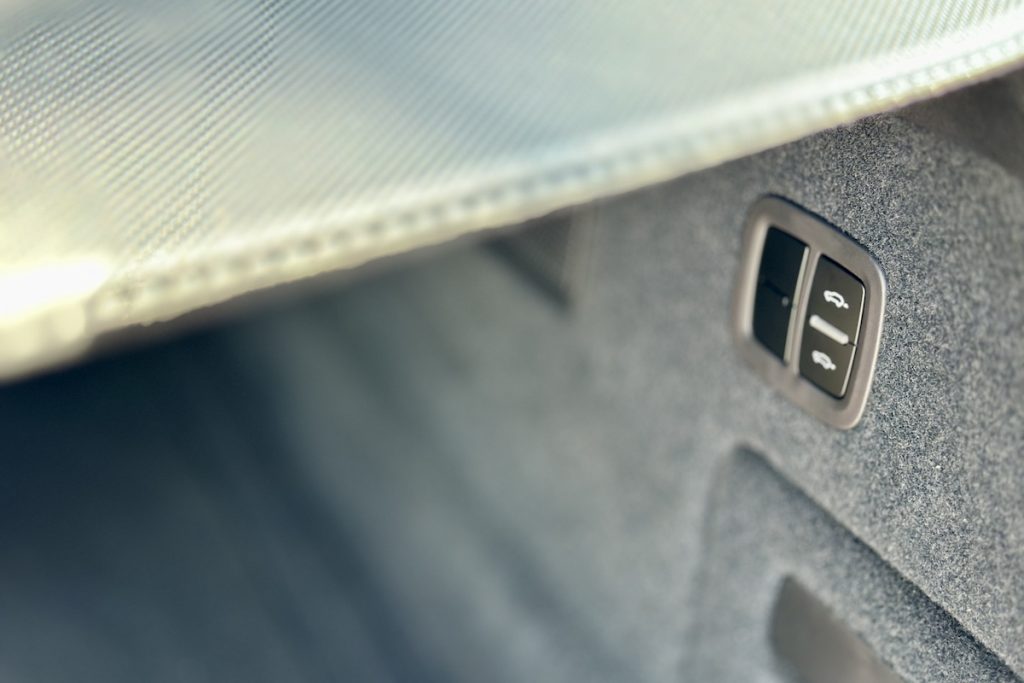
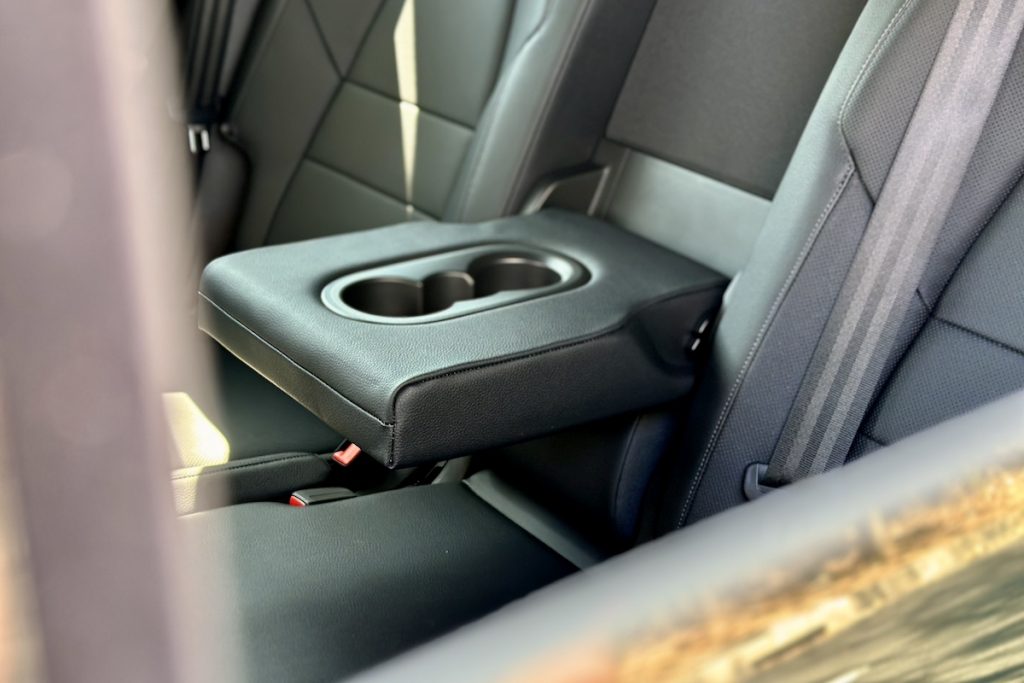
Speaking of, the seats are well-cushioned yet feel sturdy. It’s comfortable even during long hours of going through bumper-to-bumper traffic. The NVH insulation’s quite effective, too, with the only time I hear the V6 roar was when I needed access for a leisurely sprint. The round tiller could use a little girth for my taste, but that’s a nitpick at this point.
As a refreshed model, the Cayenne also got updates to go with the times. It has wireless Apple CarPlay (not sure with Android Auto), paired with wireless charging that works all the time and actually charges the phone. Its screens – one for the instrument and the other for the infotainment – have great resolution and brightness. They are easy to fiddle with, too, plus I appreciate the inclusion of memory seating (three slots) and ventilated seats. It could, however, benefit from having adaptive cruise control, which aren’t included in the base Cayenne, most likely to mitigate a higher price tag. As a vehicle meant to ferry people comfortably in long distances, the driver could use a relief from the convenient and safe feature. Nonetheless, the regular cruise control, despite being located behind the steering wheel, was predictable to use.
As the base Cayenne, the demo unit I drove was powered by a 3.0-liter V6 mill that churned out 348 hp and 500 Nm of torque, connected to an 8-speed Tiptronic S transmission with auto start-stop function.
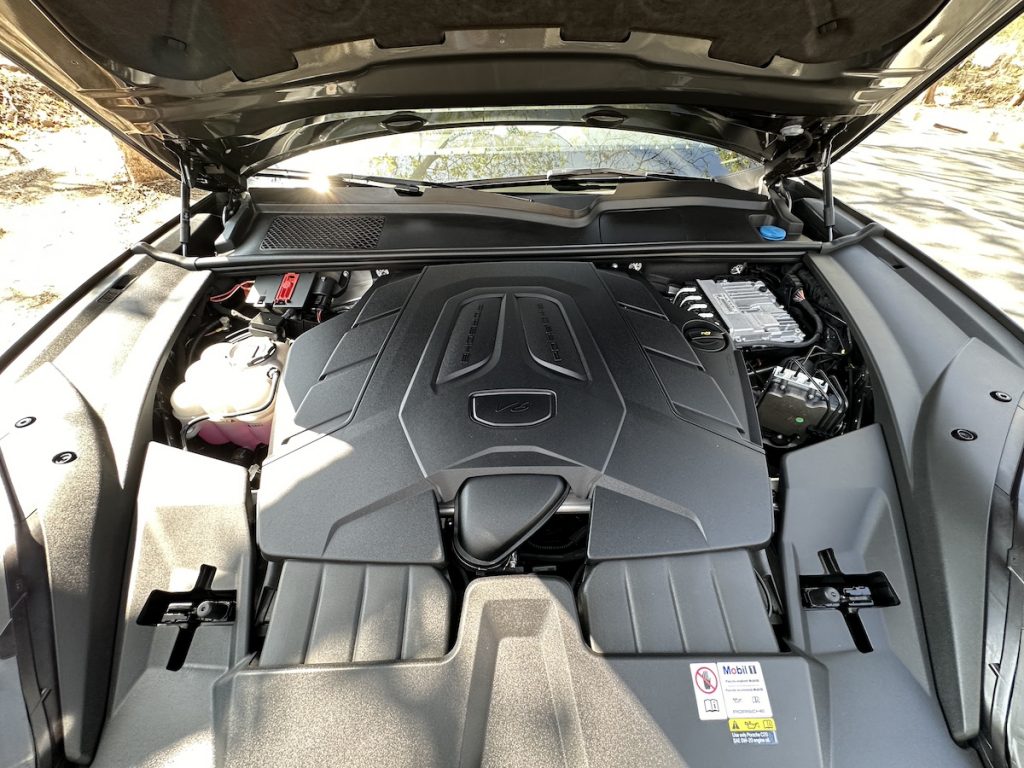
Despite the heft, the Cayenne was not cumbersome to handle in city traffic. Not sure if it’s because other cars didn’t dare go near the expensive vehicle, but my plight through EDSA wasn’t as stressful as I imagined. It was tricky on tight parking lots, but again, not as hard as thought.
More importantly, Cayenne’s active air suspension worked wonders in absorbing unforgiving thoroughfares (again, EDSA), adding to the overall comfort this hulking SUV offers. Working in conjunction with the chassis control system, it even had less lean than my low-riding econobox when taking corners at speed.
On the highway, that’s where the Cayenne stood out. The slight delays during downshifting when overtaking were manageable. Sprints were effortless, and there were times where I accidentally went over legal speed limits. That, plus the aforementioned merits on comfort, made my highway cruise pleasurable.
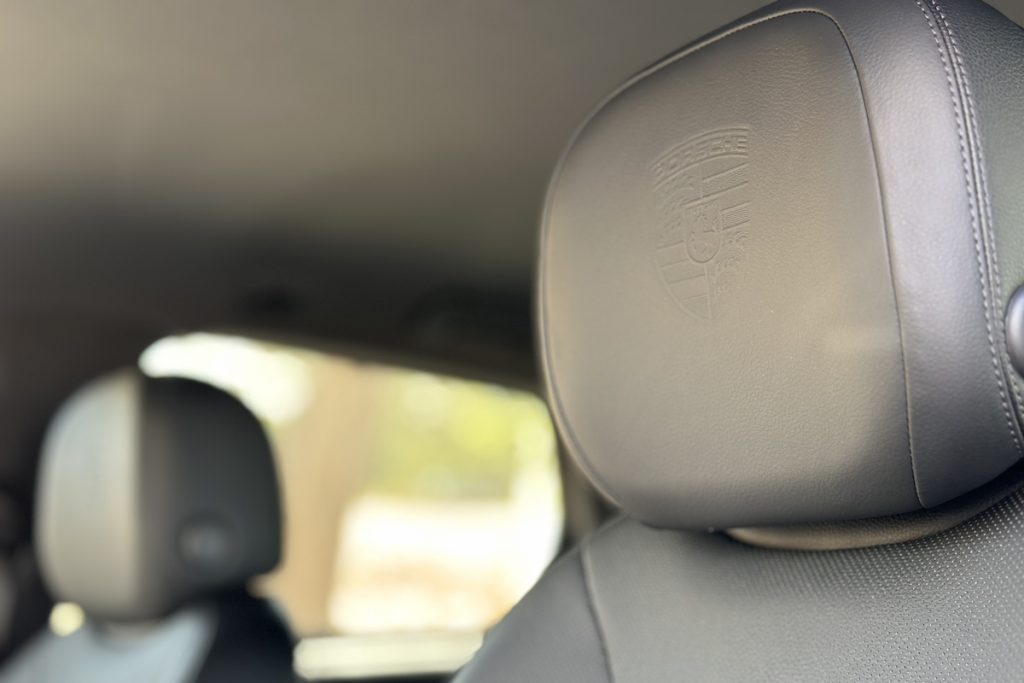
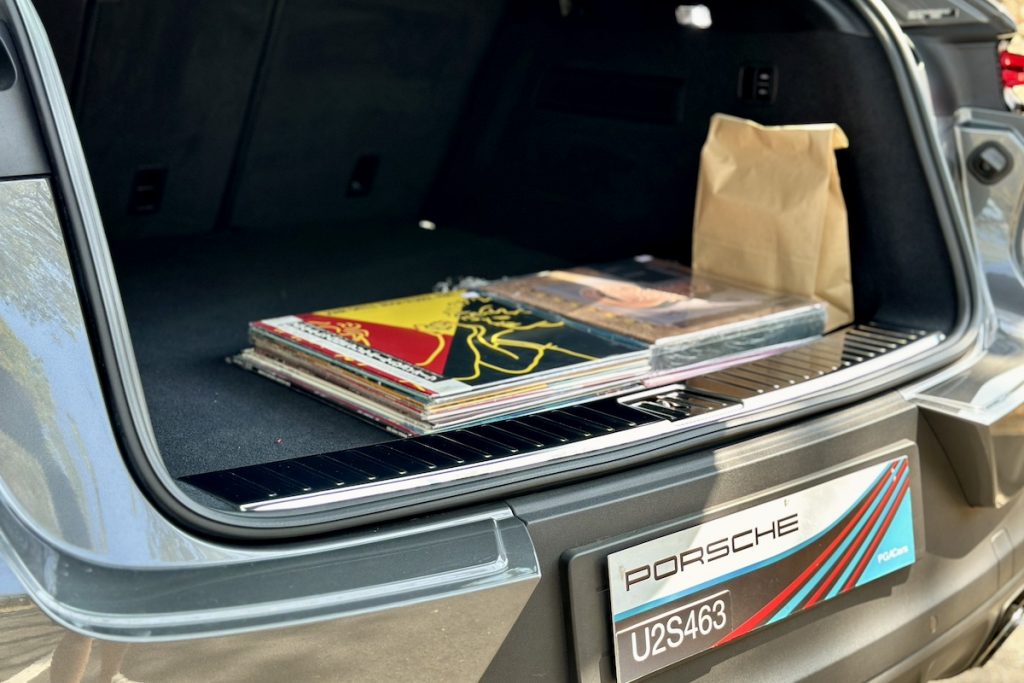
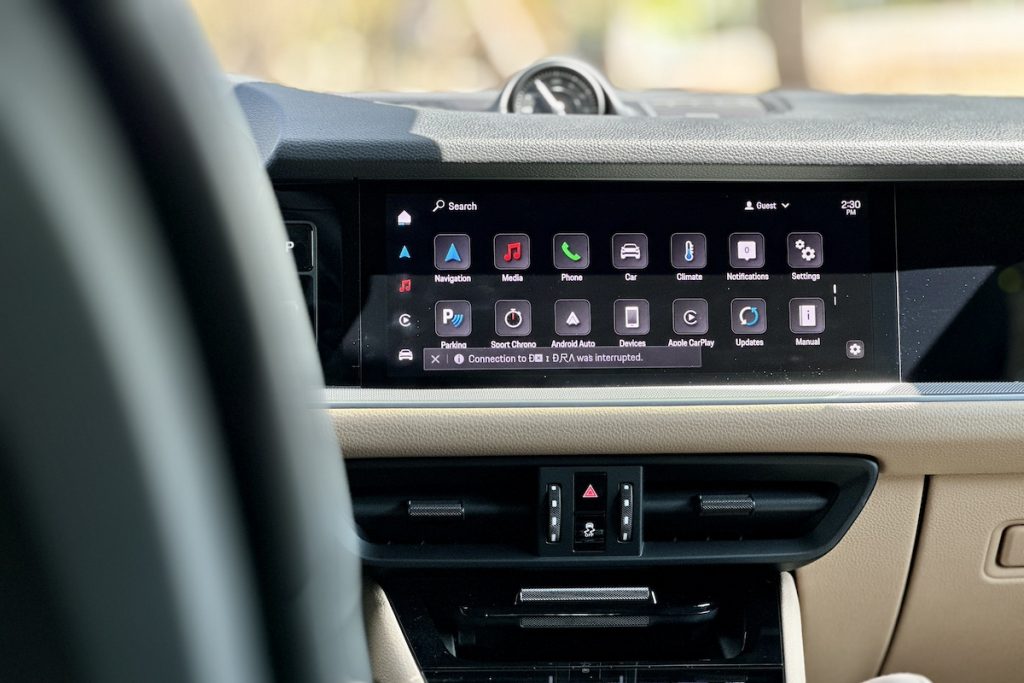
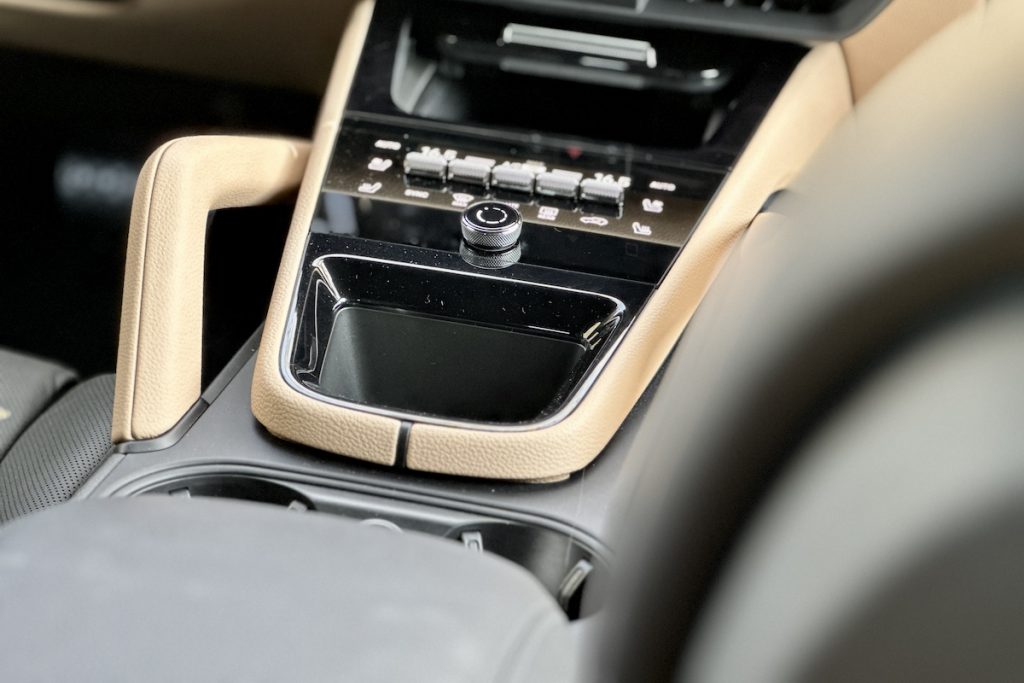
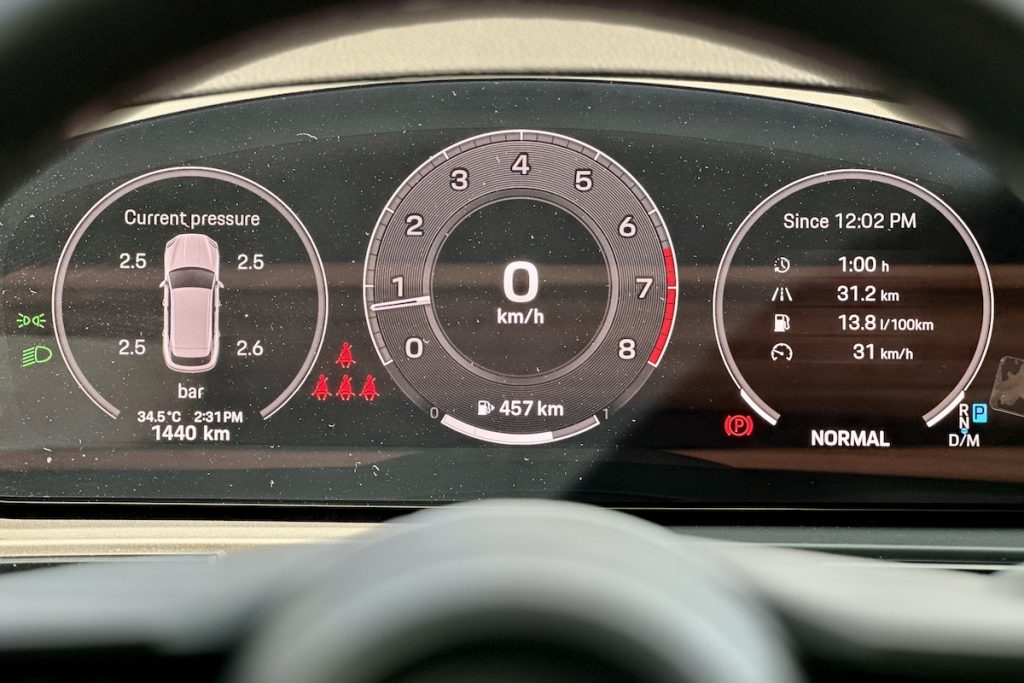
As a hefty vehicle with the least power available on tap, the base Cayenne wasn’t the most fuel efficient at 6.5 km/l in mixed driving conditions. Then again, if you could afford this SUV, paying for gas money would likely be the least of your concerns.
In the realm of luxury SUVs, I’d imagine customers would look for premium materials, utmost comfort, and uncompromised performance. The Cayenne delivers all that and more, plus the prestige of carrying the Stuttgart shield – all in a price tag north of P10 million.
It’s good to know that Porsche still highlights the value of its messiah, with the effort of staying on top amid the increasing population of performance luxury SUVs. Brands like Aston Martin, Bentley, Rolls-Royce, and even Ferrari saw the importance of having an SUV in the lineup – a stark proof that precedence in this industry is important.

